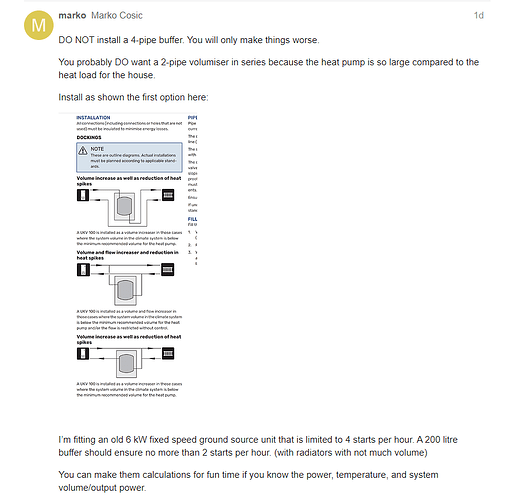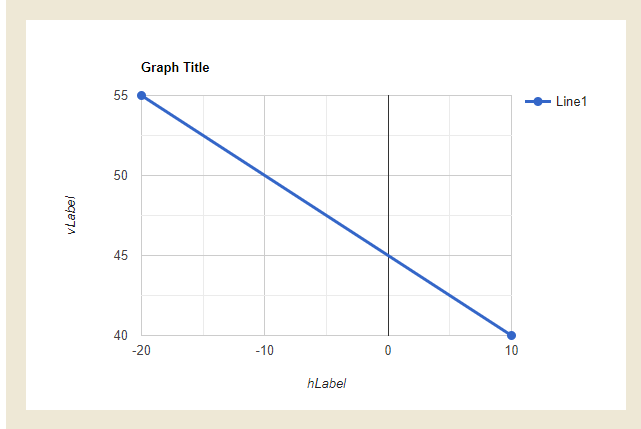I believe it’s the setting #1032 - Minimal water outlet temperature for heating in remote controller settings field values. I’ve set this to 37C but it’s completely ignored by the pump and it still works by weather compensation curve. There I had 30C LWT for 15C outside temp. Really don’t understand. Also this limitation is killing me. Why max. is 37 ? Why it won’t allow me to set 45 here ? Stupid, stupid, stupid.
@SarahH Yeah, only difference you have 1 phase and I have 3-phases. But I believe min compressor input should be the same. I guess it vary on outside temperature. In colder temps I guess min output is bigger.
For this #2091 what thermostat do you use and how it is connected to the unit? It’s connected to MIM-E03CN board or to the wired controller ? I would like to use maybe also external thermostat because I don’t like 1C hysteresis of MRW-WW10N. I need more like 0.5C.
Well, you don’t have problem because you don’t user “Water law” mode. In this mode you would probably have at higher outdoor temps and maybe not. What I don’t understand why I have this cycling in water law mode and not in roomstat controlled mode. Makes no sense. It still uses the weather compensation curve set and tries to run all the time. If it sees the heat output is too much at given power it tries to lower the input to low as possible and also slowdown the fan dramatically. So it’s a tradeoff between efficiency and continuous run. I was really surprised but it make sense since if there is hot outside and you don’t need too much heat the fan is almost s topped and refrigerant take heat much less efficiently but benefit is it can still output 2KW. I really believe this behavior is present only above specific outdoor temperature. I’d guess 10C. But still need to observe this behavior.
Seems everyone is using different heating strategies and these pump are extremely complicated in this sense. Electric boiler you will just run, set TRVs and you are good to go. It’s most comfort heating system, the only drawback is it’s least efficient ![]()
And yeah, this unit is stupid unfortunately. It performs well, but it’s stupid in terms of controlling. Really 10 is good for south Korea but I don’t understand why we cannot reflash the firmware and change this, or hysteresis…



